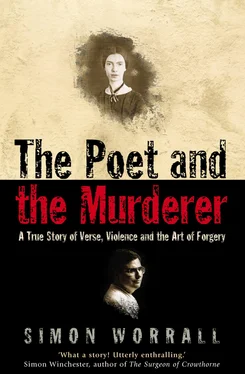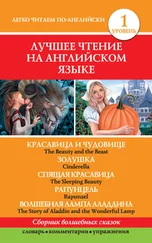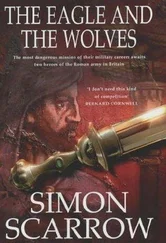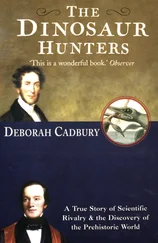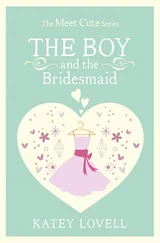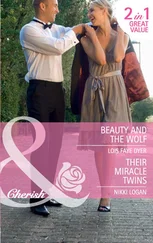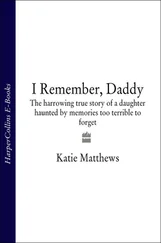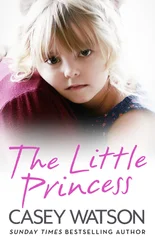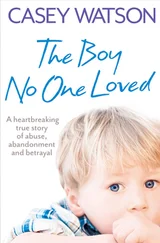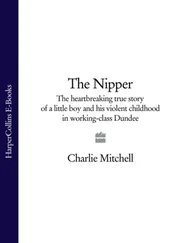The PoetAND THE Murderer
A True Story of Verse, Violence
and the Art of Forgery
SIMON WORRALL

Dedication Dedication Introduction Prologue: The Poet and the Murderer Chapter 1 Emily Dickinson for Sale Chapter 2 A Riddle in a Locked Box Chapter 3 A Search for Truth Chapter 4 Auction Artifice Chapter 5 In the Land of Urim and Thummim Chapter 6 The Forger and His Mark Chapter 7 The Magic Man Chapter 8 The Art of Forgery Chapter 9 The Salamander Letter Chapter 10 Isochrony Chapter 11 The Myth of Amherst Chapter 12 The Oath of a Freeman Chapter 13 A Dirty, Nasty, Filthy Affair Chapter 14 The Kill Radius Chapter 15 Cracked Ink Chapter 16 Victims Chapter 17 A Spider in an Ocean of Air Epilogue: Homestead Acknowledgements About the Author Copyright About the Publisher
To my parents, Nancy and Philip; and to my beloved wife, Kate
Cover
Title Page The Poet AND THE Murderer A True Story of Verse, Violence and the Art of Forgery SIMON WORRALL
Dedication Dedication Dedication Introduction Prologue: The Poet and the Murderer Chapter 1 Emily Dickinson for Sale Chapter 2 A Riddle in a Locked Box Chapter 3 A Search for Truth Chapter 4 Auction Artifice Chapter 5 In the Land of Urim and Thummim Chapter 6 The Forger and His Mark Chapter 7 The Magic Man Chapter 8 The Art of Forgery Chapter 9 The Salamander Letter Chapter 10 Isochrony Chapter 11 The Myth of Amherst Chapter 12 The Oath of a Freeman Chapter 13 A Dirty, Nasty, Filthy Affair Chapter 14 The Kill Radius Chapter 15 Cracked Ink Chapter 16 Victims Chapter 17 A Spider in an Ocean of Air Epilogue: Homestead Acknowledgements About the Author Copyright About the Publisher To my parents, Nancy and Philip; and to my beloved wife, Kate
Introduction
Prologue: The Poet and the Murderer
Chapter 1 Emily Dickinson for Sale
Chapter 2 A Riddle in a Locked Box
Chapter 3 A Search for Truth
Chapter 4 Auction Artifice
Chapter 5 In the Land of Urim and Thummim
Chapter 6 The Forger and His Mark
Chapter 7 The Magic Man
Chapter 8 The Art of Forgery
Chapter 9 The Salamander Letter
Chapter 10 Isochrony
Chapter 11 The Myth of Amherst
Chapter 12 The Oath of a Freeman
Chapter 13 A Dirty, Nasty, Filthy Affair
Chapter 14 The Kill Radius
Chapter 15 Cracked Ink
Chapter 16 Victims
Chapter 17 A Spider in an Ocean of Air
Epilogue: Homestead
Acknowledgements
About the Author
Copyright
About the Publisher
‘The Heart wants what it wants – or else it does not care–’
Emily Dickinson
‘We have the greatest and smoothest liars in the world, the cunningest and most adroit thieves, and any other shade of character that you can mention…. I can produce Elders here who can shave their smartest shavers, and take their money from them. We can beat the world at any game.’
Brigham Young
It was a cold, crisp fall day as I walked up the driveway of the Emily Dickinson Homestead in Amherst, Massachusetts. A row of hemlock trees along the front of the house cast deep shadows on the brickwork. A squirrel scampered across the lawn with an acorn between its teeth. Entering by the back door, I walked along a dark hallway hung with family portraits, then climbed the stairs to the second-floor bedroom.
The word Homestead is misleading. With its elegant cupola, French doors, and Italian facade, this Federal-style mansion on Main Street, which the poet’s grandfather, Samuel Fowler Dickinson, built in 1813, is anything but a log cabin. Set back from the road, with a grove of oaks and maples screening it to the rear, and a large, concealed garden, it was, and is, one of the finest houses in Amherst.
The bedroom was a large, square, light-filled room on the southwest corner. One window looked down onto Main Street. From the other window I could see the Evergreens, where Emily Dickinson’s brother, Austin, and her sister-in-law, Sue Gilbert Dickinson, had lived. Halfway along the east wall was the sleigh bed where the poet had slept, always alone, for almost her entire life. She was less than five and a half feet tall, and the bed was as small as a child’s. I prodded the mattress. It felt hard and unyielding. In front of the window looking across to the Evergreens was a small writing table. It was here that Dickinson wrote almost all of her poetry, and the nearly one thousand letters that have come down to us. Poems came to this high-spirited, fiercely independent redhead in bursts of language, like machine-gun fire. She scribbled down drafts of poems, mostly in pencil, on anything she had to hand as she went about her daily chores: the backs of envelopes, scraps of kitchen or wrapping paper. Once she used the back of a yellow chocolate-box wrapper from Paris. She wrote a poem on the back of an invitation to a candy pulling she had received a quarter of a century earlier. The painstaking work of revision and editing was done mostly at night at this table. Working by the light of an oil lamp, she copied, revised, and edited, often over a period of several years, the half-formed thoughts and feelings she had jotted down while baking gingerbread, walking her invalid mother in the garden, or tending the plants in the conservatory her father had built for her, and which was her favorite place in the Homestead.
I stood by the table imagining her working there, with her back to me, her thick hair piled on top of her head, the lines of her body visible under her white cotton dress. Then I hurried back down the stairs, crossed the parking lot to where I had left my car, and drove the three quarters of a mile to the Jones Library on Amity Street. There was a slew of messages on my cell phone. One was from a gun dealer in Salt Lake City. Another was from the head of public relations at Sotheby’s in New York. A third was from an Emily Dickinson scholar at Yale University named Ralph Franklin. I did not know it at the time, but these calls were strands in a web of intrigue and mystery that I would spend the next three years trying to untangle. It had all begun when I came across an article in The New York Times , in April 1997, announcing that an unpublished Emily Dickinson poem, the first to be discovered in forty years, was to be auctioned at Sotheby’s. I did not know much about Dickinson at the time, except that she had lived an extremely reclusive life and that she had published almost nothing during her lifetime. The idea that a new work by a great artist, whether it is Emily Dickinson or Vincent van Gogh, could drop out of the sky like this, appealed to my sense of serendipity. Who knows , I remember thinking, maybe one day they will find the original manuscript of Hamlet.
I thought nothing more about the matter until four months later, at the end of August, when I came across a brief four-line announcement at the back of the ‘Public Lives’ section of The New York Times . It reported that the Emily Dickinson poem recently purchased at auction at Sotheby’s for $21,000, by the Jones Library in Amherst, Massachusetts, had been returned as a forgery.
What sort of person, I wondered, had the skill and inventiveness to create such a thing? Getting the right sort of paper and ink would be easy enough. But to forge someone else’s handwriting so convincingly that it could get past Sotheby’s experts? That, I guessed, would be extremely hard. This forger had gone even farther. He had written a poem good enough for it to be mistaken for a genuine work by one of the world’s most original and stylistically idiosyncratic artists. Somehow he had managed to clone Emily Dickinson’s art.
Читать дальше
